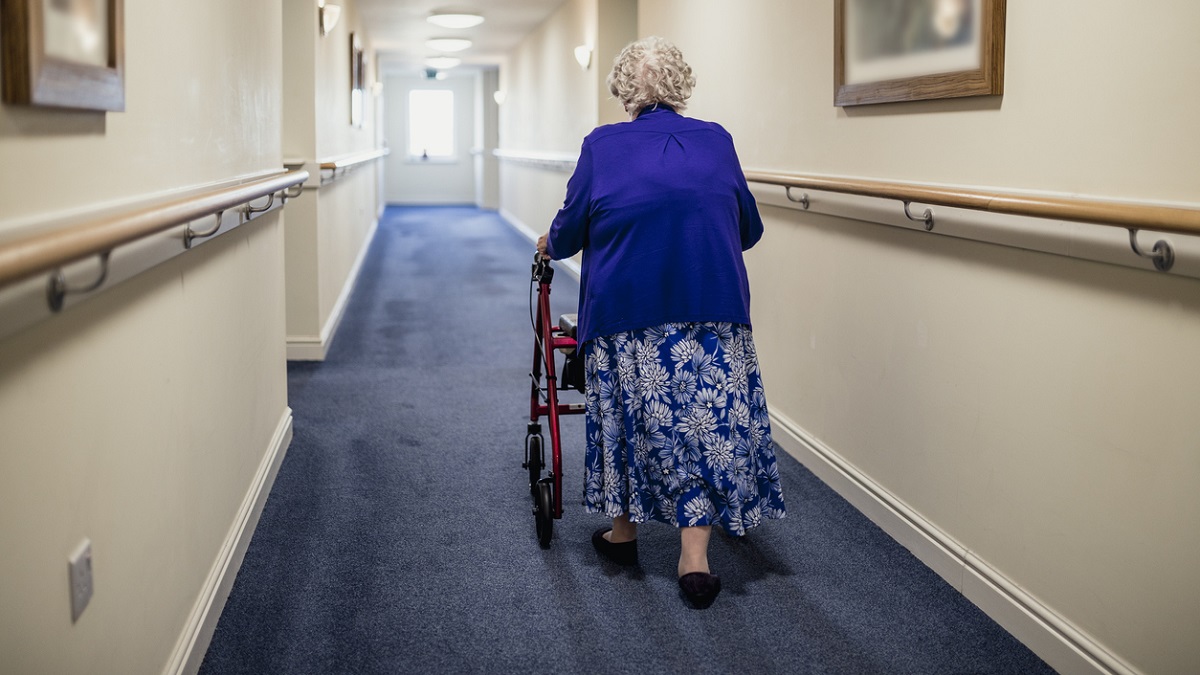If you’re in pain, you’re not alone.
About 1 in 4 Americans suffer from pain that lasts more than 24 hours. In fact, more people suffer from pain than from cancer, heart disease, and diabetes combined.
Click Here to Visit the Store and find Much More….
Where can you get relief? An increasing number of people with chronic pain are turning to pain management clinics, and for good reason. They can make a real difference in lessening their patients’ pain and helping them live more productive lives. But not all pain clinics are created equal.
Ask these five questions when you’re choosing a pain treatment clinic.
1. Are the doctor board certified in pain management?
Pain treatment is complicated, and the research is continually evolving. Specialized pain doctors have in-depth knowledge of the physiology of pain, the diagnostic tests used to pinpoint the cause, the most appropriate medications to treat it, and how to perform pain-relieving procedures such as nerve blocks or spinal injections.
To be certified as a pain specialist, a doctor must complete a fellowship—that’s a level of training beyond the residency all doctors must complete. Only three organizations offer pain management certification in the United States— the American Board of Anesthesiology, the American Board of Psychiatry and Neurology, and the American Board of Physical Medicine and Rehabilitation. Before you make an appointment, find out if your doctor is certified by one of those organizations.
2. Does the clinic have experience treating your particular type of pain?
Rheumatoid arthritis pain is different from cancer pain, which is different from migraines. Make sure the clinic you’re considering has doctors with experience treating your ailment. Find out how many years of experience they have and what kind of methods they recommend.
Click Here to Visit the Store and find Much More….
3. Does the clinic offer a range of treatment options?
We all experience pain differently and respond differently to treatments. One patient may feel fine after a steroid injection, while another will need spinal cord stimulation to get relief. And although opioid medications have their place in pain treatment, they also pose serious risks. If a clinic focuses mainly on opioid prescriptions, you may want to look elsewhere.
4. Are you comfortable with your doctor?
To get good results, you and your doctor need to be on the same team. You need to feel like your doctor respects you, understands your pain and can help solve your problem.
5. Does the clinic support a comprehensive treatment program involving multiple professionals?
Sometimes you need lots of players on your team to get relief. You may need physical therapy to strengthen muscles so you can move with less pain, or you may benefit from acupuncture or chiropractic care. Your pain may be causing depression or anxiety, which a counselor can help you address.
Make sure the pain clinic understands the importance of involving experts from multiple specialties to treat you as a whole person. They should be willing to refer you to outside professionals in complementary fields. Some may even have those experts available at the clinic.

Click Here to Visit the Store and find Much More….
For More Information Related to Fibromyalgia Visit below sites:
References:
Fibromyalgia Contact Us Directly
Click here to Contact us Directly on Inbox
Official Fibromyalgia Blogs
Click here to Get the latest Chronic illness Updates
Fibromyalgia Stores

